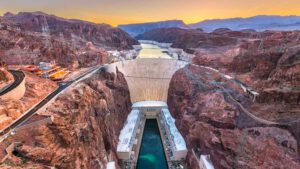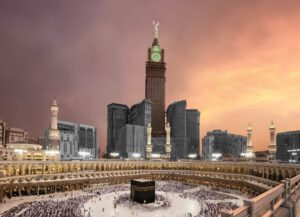FamousBuildings.net is your comprehensive guide to extraordinary structures around the globe. Explore centuries of human ingenuity that shaped our world.

Hangzhou Bay Bridge
March 17, 2025
Hangzhou Bay Bridge is the largest bridge ever built in China, the bridge links Shanghai to Ningbo in Zhejiang Province,
KEEP READING
March 17, 2025
Hoover Dam
Hoover Dam, once known as Boulder Dam, is a concrete arch-gravity dam in the Black
KEEP READING
March 17, 2025
TaiPei 101
Taipei 101 is a 106-floor building (5 floors underground and 101 above the ground) located
KEEP READING
March 17, 2025
Taj Mahal
The Taj Mahal is a white Marble mausoleum located in Agra, India, it was built
KEEP READING
March 17, 2025
Empire State Building
Empire State Building is a skyscraper in New York City, at the intersection of Fifth
KEEP READING
March 17, 2025
Eiffel Tower
Eiffel Tower (Tour Eiffel in French), originally named tower 330 meters (330 meters tour) is
KEEP READING
March 17, 2025
British Museum
The British Museum, in London, is widely considered to be one of the world’s greatest
KEEP READING
March 17, 2025
Abraj Al Bait
The Abraj Al-Bait Towers, also known as the Mecca Royal Hotel Clock Tower, is a
KEEP READING
March 17, 2025
Golden Gate Bridge
The Golden Gate is the North American strait connecting San Francisco Bay to the Pacific
KEEP READINGABOUT
Our team of researchers, photographers, and writers travels globally to document iconic buildings and uncover the stories behind them. We believe great architecture tells the story of human achievement across cultures and eras.
Founded in 2020, our mission is to create the most comprehensive, accurate, and engaging resource for architecture lovers, students, travellers, and anyone curious about the built environment.
